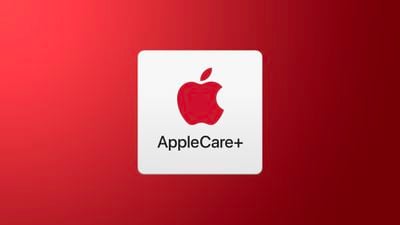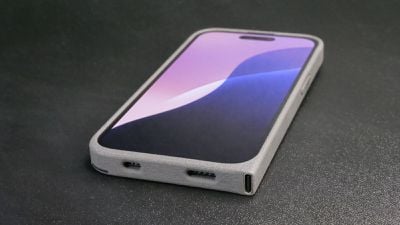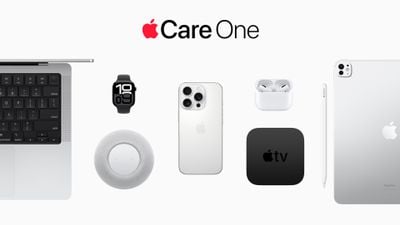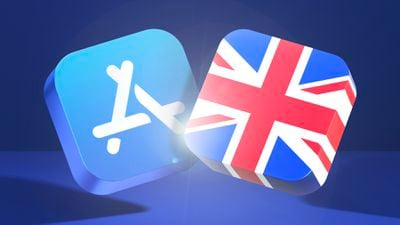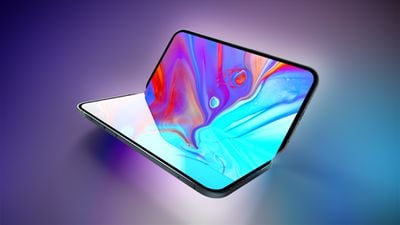Qi2 25W wireless charging has been officially announced by the Wireless Power Consortium (WPC), confirming its coming support for compatible iPhones. Qi2 was previously known only by its version number, Qi2.2, but the WPC's announcement indicates it will take the brand name Qi2 25W.

Currently, iPhones featuring MagSafe use Qi 2, the widely supported second-generation charging standard. With third-party chargers, Qi 2 maxes out at 15W – although iPhone 16 models support upgraded 25W MagSafe charging using an official 30W Apple charger.
The WPC doesn't specify which iPhone models will support Qi2 25W, but Apple's upcoming iPhone 17 models are almost certain to include out-of-the-box compatibility, based on regulatory filings for new MagSafe charger models. There's also a chance that iPhone 16 models could receive an update to support Qi2 25W, given the magnetic Qi2 standard is partly based on Apple's MagSafe design.
Expect iPhone-compatible third-party Qi2 25W chargers to become increasingly prevalent as we edge closer to the launch of the iPhone 17 lineup in September. Ugreen has already announced its MagFlow Magnetic Power Bank, which it claimed was first in the world to receive Qi2 25W certification from the WPC. Other accessory makers including Baseus and Anker have also announced early certification.
"The momentum building behind the next stage in the evolution of the Qi standard is incredible," said Fady Mishriki, chair of the WPC's Board of Directors. "Consumers will be delighted when they experience Qi2 25W as it delivers nearly 70% more power than the original Qi2. The number of devices in the Qi2 25W certification queue for launch is unprecedented, as is the quality and breadth of our members product designs."
Android phones are also expected to pick up support, including Samsung's flagship devices. In addition to faster charging, Qi2 25W offers improved magnetic alignment and charging efficiency compared to its predecessor.




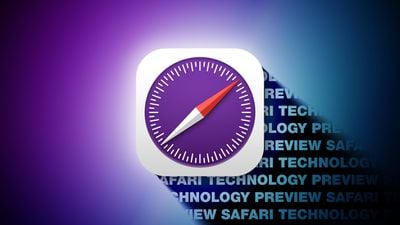

 Note: MacRumors is an affiliate partner with these vendors. When you click a link and make a purchase, we may receive a small payment, which helps us keep the site running.
Note: MacRumors is an affiliate partner with these vendors. When you click a link and make a purchase, we may receive a small payment, which helps us keep the site running.
 Note: MacRumors is an affiliate partner with Amazon. When you click a link and make a purchase, we may receive a small payment, which helps us keep the site running.
Note: MacRumors is an affiliate partner with Amazon. When you click a link and make a purchase, we may receive a small payment, which helps us keep the site running.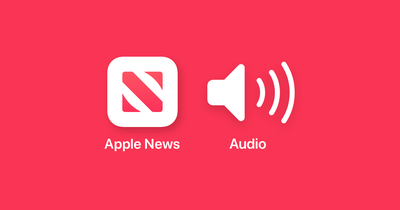
 Note: MacRumors is an affiliate partner with Amazon. When you click a link and make a purchase, we may receive a small payment, which helps us keep the site running.
Note: MacRumors is an affiliate partner with Amazon. When you click a link and make a purchase, we may receive a small payment, which helps us keep the site running.

